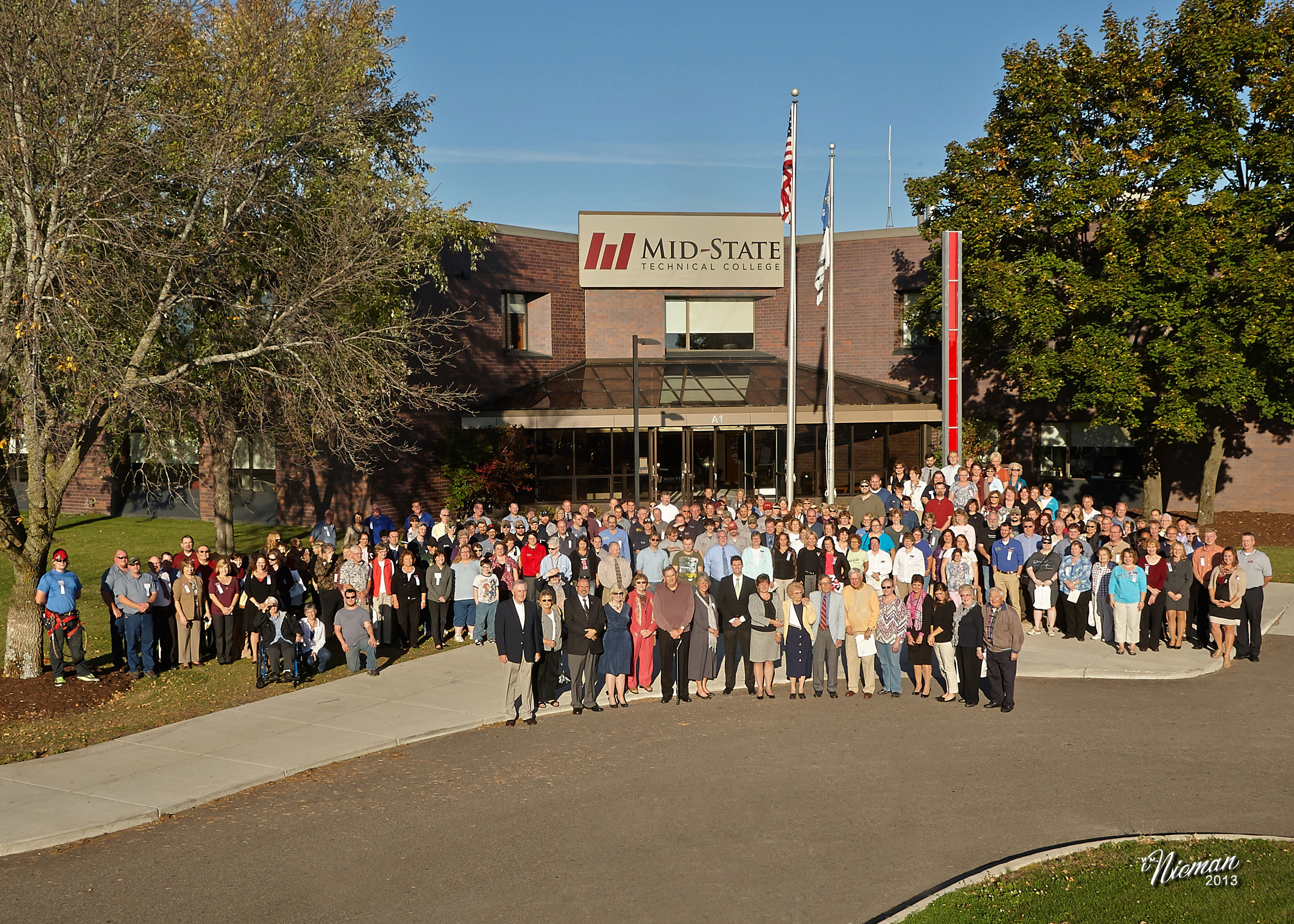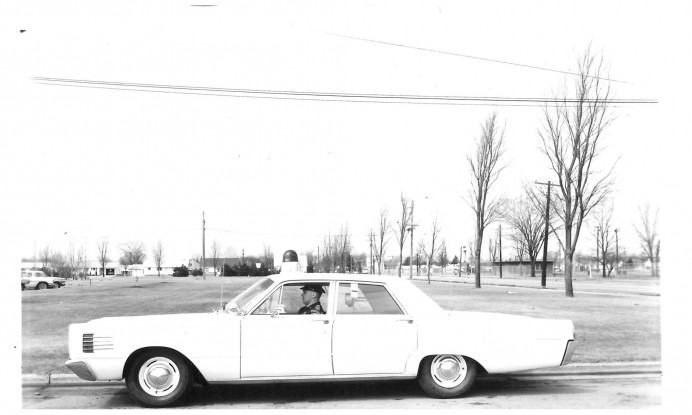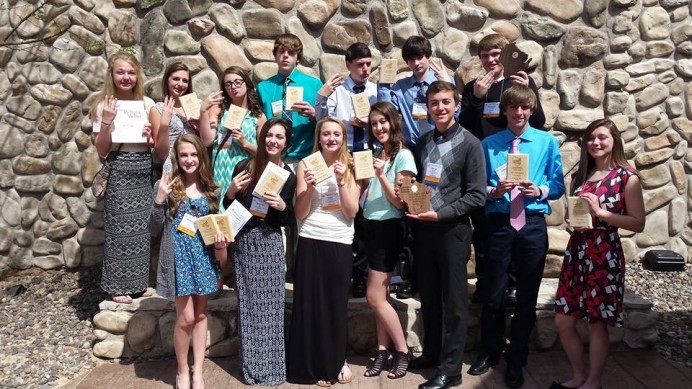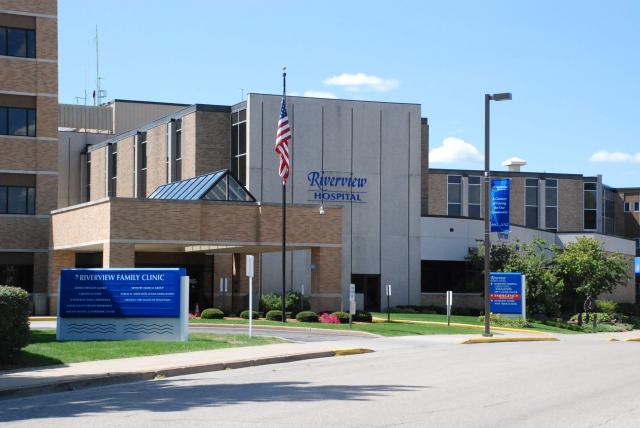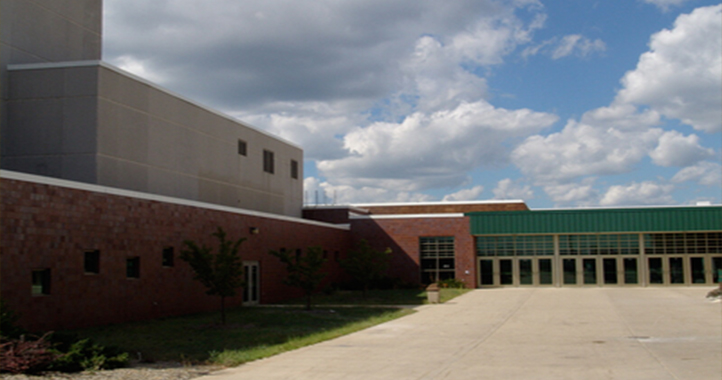Moment in Time: Memorial Clock Tower, 1892
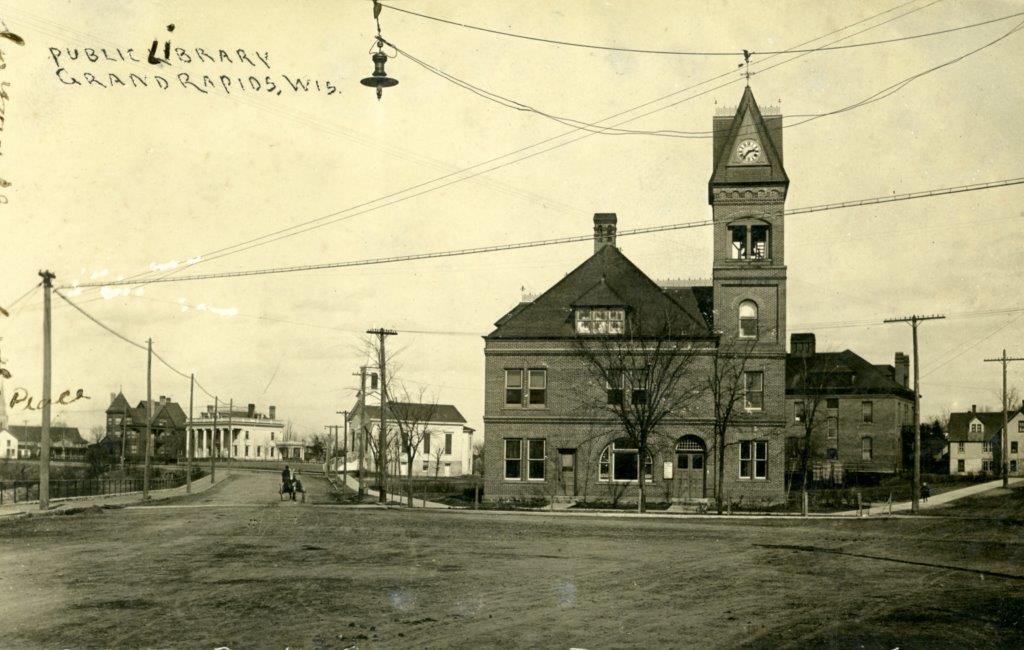
By Joe Bachman and Phillip Brown, South Wood County Historical Museum
The Wisconsin Rapids Memorial Clock & Bell Tower has been through quite a lot in it’s history.
On Dec. 20, 1889, the decision was made by council members of Grand Rapids, now Wisconsin Rapids, to construct a building that would combine the library and city hall. This building, located at the Rablin property on 1st St. and Baker would also include a clock and bell for the tower. This finished construction in 1892.
In the dual-purpose facility, four rooms had been set aside on the second floor for the T.B. Scott Library. Also on the second floor were the council chambers and the city sealer of weights and measures. Occupying the first floor was the fire station.
23 years after the consolidation of Grand Rapids and Centralia, the ‘old city hall’ was given to the library in 1923 after a ‘new’ city hall moved to the west-side of town. It wasn’t until 1948, when the library moved to Third St., into the former home of Issac and Charlotte Witter.
The library and old city hall building remained until 1957, when it was set to be demolished. However, Paul Gross checked into the unlocked building and discovered that the clock and bell was still in great shape for being 65-years-old. The city was willing to save the clock before demolition, and Paul took the pieces home with him and stored some of it in the city garage. The old area of the city hall building now serves as the parking lot for the Wood County Courthouse.
A new project was started by Gross and Alderperson Glenn Pascavis to rebuild the tower. Two years after a location was chosen for this at Mead Rapids View Park in 1983, fundraising efforts went underway to resurrect the landmark clock tower. By 1985, the committee had raised over $30,000.
After a year of construction, the clock tower was rebuilt and finished on Jun. 28, 1991. It was dedicated during a special gala ceremony. The tower was dedicated to the early settlers in the Wisconsin Rapids area, as well as to the Mead family.
As of 2017, a new initiative has been underway, started by Paul Gross, architect Jerry Feith, and South Wood County Historical Museum President Phil Brown to upgrade the structure.


